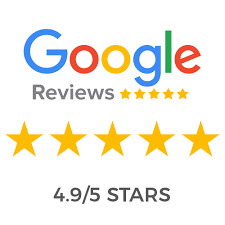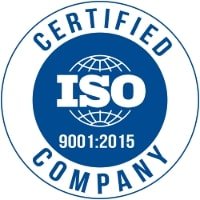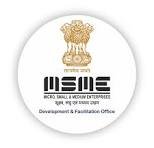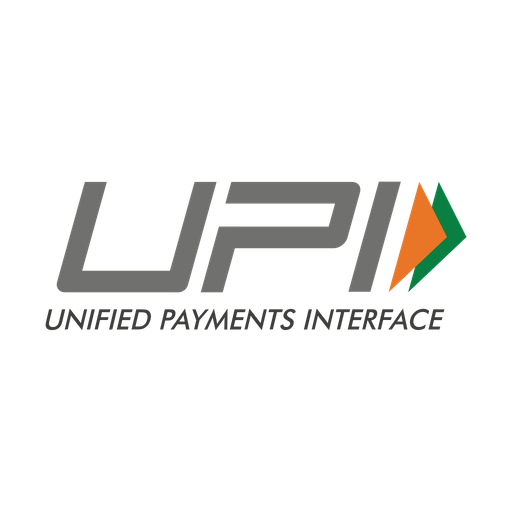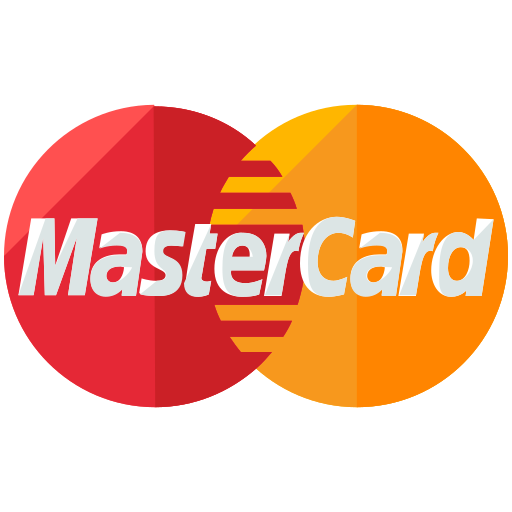
Copyright Registration
What Is Copyright?
Copyright is a legal entitlement granted to the owner of intellectual property. As the term implies, it pertains to the right to duplicate or reproduce a creative work. Essentially, copyright signifies that when a person produces a piece of intellectual property, they acquire ownership rights. This means that only the creator or those they authorize have the exclusive right to reproduce or utilize that work. Copyright law provides the original creators of a work with an exclusive right to utilize it or make copies for a designated period. Over time, the copyrighted work may eventually enter the public domain
What Can You Copyright? Categories
Copyright is a valuable tool for safeguarding a wide range of creative works. The Registrar of Copyrights maintains a comprehensive register that is divided into six distinct categories, each tailored to specific types of intellectual property:
- Literary Works (Excluding Computer Programs): This category encompasses many written creations, from novels and poetry to essays, articles, and more.
- Musical Works: Musical compositions, including melodies, lyrics, and sheet music, fall under this category.
- Artistic Works: Visual creations such as paintings, sculptures, drawings, and other artistic expressions enjoy copyright protection.
- Cinematography Films: Copyright extends to films, ensuring the protection of audiovisual works.
- Sound Recordings: This category covers the audio recordings of music, speeches, and various other sound-based creations.
- Computer Programs, Tables, and Compilations: Software, data compilations, and tables are safeguarded by copyright, ensuring the protection of digital innovations.
Copyright Law
These copyrights are upheld and governed by “THE COPYRIGHT ACT, 1957,” which has undergone multiple amendments to adapt to the evolving landscape of intellectual property rights.
Eligibility for Registration of Copyright
To be eligible for copyright registration in India, a work must meet the following criteria:
1. Originality: The work must be original, meaning it must be the result of the author's independent creative effort and not a mere copy of someone else's work.
2. Tangible Form: The work must be fixed in a tangible form, such as written down on paper, recorded on audio or video, or saved as a computer file.
3. Eligible Work Categories:: The work must fall within one of the categories of works protected by copyright law in India, which include:
- Literary works (books, articles, poems, plays, etc.)
- Dramatic works (plays, screenplays, choreography, etc.)
- Musical works (songs, compositions, recordings, etc.)
- Artistic works (paintings, sculptures, photographs, drawings, architectural works, etc.)
- Cinematographic films
- Sound recordings
- Software
Benefits of Copyright Registration
Copyright registration offers several advantages to creators and intellectual property owners, including the following:
- Safeguarding the Owner: Copyright registration provides copyright owners exclusive rights over their work, encompassing reproduction, distribution, adaptation, dissemination, and translation.
- Legal Protection: Creators benefit from legal protection, ensuring their work cannot be reproduced without proper authorization.
- Enhancing Brand Value: A registered copyright serves as proof of ownership, allowing creators to use it for marketing purposes and contributing to goodwill creation.
- Global Reach: Copyright protection extends internationally. If a work is copyrighted in one country, it enjoys similar privileges in other countries, including India.
- Copyright as an Asset: Copyright is considered an intellectual property asset, making it an intangible resource that can be sold or licensed, adding economic value.
- Owner Visibility: Copyright registration raises the work profile, making it accessible worldwide and searchable in copyright registries. It also prevents unauthorized use of the work once registered.
- Economic Stability: Copyright registration promotes economic stability, enabling creators to reproduce and monetize their art in various forms, contributing to their financial well-being.
Copyright Symbol
Once you’ve obtained copyright registration, you can use the copyright symbol (©) to indicate that your work is protected by copyright. This symbol serves as a clear notice to others that the work is under copyright protection and can help deter unauthorized use or reproduction of your creative work.
What Can You Copyright? Understanding the Categories
Copyright law protects a wide range of creative works, including:
- Literary works: Books, articles, poems, plays, screenplays, manuscripts, blogs, letters, emails, and other written works
- Dramatic works: Plays, screenplays, scripts, choreography, pantomimes, and other works intended for performance
- Musical works: Songs, compositions, recordings, sheet music, arrangements, and other works incorporating music
- Artistic works: Paintings, sculptures, drawings, photographs, architectural works, maps, charts, plans, engravings, etchings, lithographs, broadcasts, and other works of visual arts
- Cinematographic films: Movies, videos, and other audio-visual works
- Sound recordings: Recordings of music, speech, or other sounds, such as audiobooks, podcasts, and music albums
- Software:Computer programs, apps, and other works of software code
Certainly! Here's a Summary of the Documents Required for Copyright Application for Different Types of Works:
Artistic Works:
- Application Form: Duly filled and signed application form.
- NOC from Artist: If the work is commissioned, a No Objection Certificate (NOC) from the artist may be required.
- Authorship Declaration: A declaration stating the authorship of the artistic work.
Cinematograph Film:
- Application Form: Completed and signed application form.
- NOC from Scriptwriter and Music Composer: If different from the filmmaker, a No Objection Certificate from the scriptwriter and music composer
- Details of Film: Synopsis, dialogue, and music details.
Music:
- Application Form: Duly filled and signed application form.
- Sheet Music or Notation: Sheet music or musical notation of the composition.
- NOC from Lyricist and Composer: If different from the copyright applicant, a No Objection Certificate from the lyricist and composer.
Literary/Dramatic Works:
- Application Form: Completed and signed application form.
- Manuscript or Copy of Work: A copy or manuscript of the literary or dramatic work.
- NOC from Publisher: If the work is published, a No Objection Certificate from the publisher may be required.
Sound Recording:
- Application Form: Duly filled and signed application form.
- Copy of Sound Recording: A copy of the sound recording for which copyright protection is sought.
Ensure to gather all the necessary documents in This Industry!
Conclusion
Are you looking for Copyright Mark Consultant in Delhi, India to get copy right mark for your product?
BRL India provides a wide range of technical and regulatory compliance services, such as product certification (CRS, FMCS, BIS ISI certification, BIS registration under WPC, BEE, EPR, IMEI, CDSCO etc.), product testing, quality control technical training. , Auditing manufacturing and laboratory units etc., enabling industries to reach higher productivity and quality standards.
BRL India is one of the top consultants in Delhi Whatever information is there on this page, you can contact us for more information, BRL India Team will help you 100%.
🌟🌟🌟🌟🌟Thank you for considering BRL India as your trusted compliance partner. We look forward to assisting you soon!🌟🌟🌟🌟🌟
